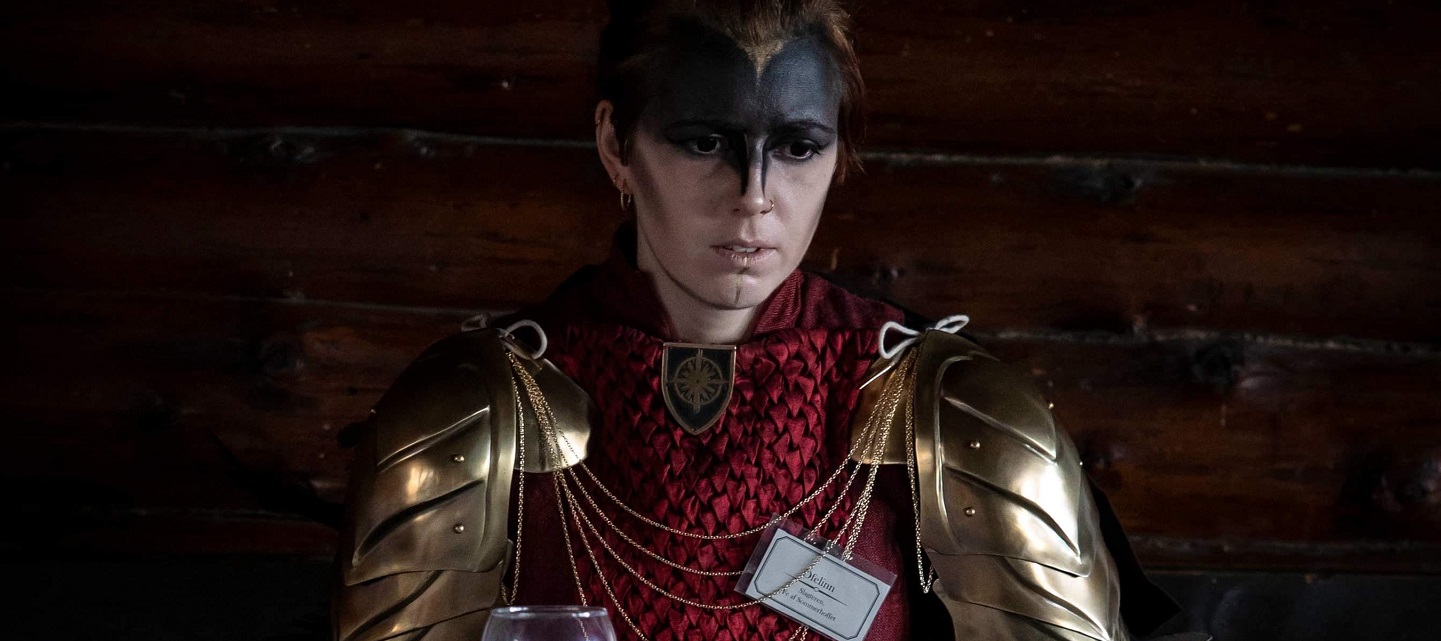Tag: Self care
-

Villain Self Care
in
Strategies for playing an antagonist in a larp in rewarding ways, as well as helping with potential negative emotional effects.
-

Self Care Comes First: A Larp and Convention Policy
in
Great work is being done in both the larp and gaming convention scene to improve player safety and comfort, but many of the techniques and methods becomes less effective if organizers and the community don’t communicate the importance of self care.